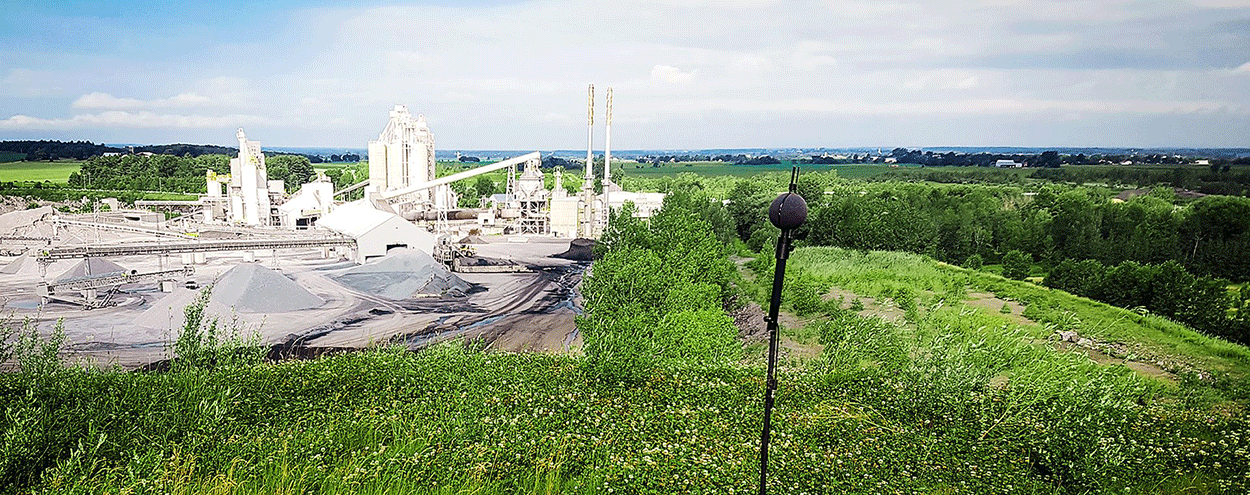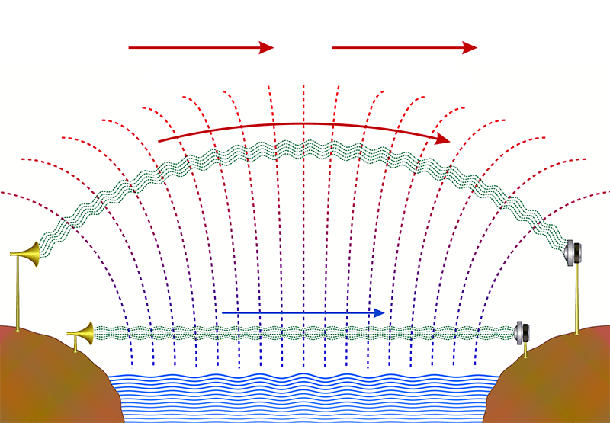There are multiple standards and regulations regarding noise, but taking one single reading of sound levels won’t determine whether the sector meets the requisite standards. And neither is it likely to result in the early identification of environmental noise reduction solutions.
What is environmental noise?
According to the World Health Organisation (WHO) definition, environmental noise is noise emitted by all sources within an environment, other than noise generated in the workplace. In other words, it could be the noise created by the movement of nearby cars or even noise coming from the neighbourhood itself.
How noise can effect levels of concentration
Sometimes, such noise can affect concentration (which can have a serious impact on workplace productivity and academic learning) and may even cause health problems. According to several studies compiled by the National Public Health Institution of Quebec (INSPQ), environmental noise not only causes problems such as hearing loss, auditory fatigue and tinnitus, but also sleep disturbance, hypertension and myocardial infarction (heart attack).
Environmental noise assessment
An environmental noise assessment aims to identify, measure and analyse sources of environmental noise in order to make recommendations with regard to regulatory compliance and the comfort of workers and residents. Soft dB has been an internationally renowned specialist in this field for more than 20 years. Its team of experts delivers acoustical consulting services across the United States and Canada, more specifically in the Greater Boston, Montreal, Vancouver, and Quebec regions.
Source identification
The first and most important step is to identify the sources of environmental noise and to understand the regulations and standards applicable to the location under assessment. Indeed, some regulations quote noise levels according to the time of day. For example, a municipal regulation may specify that between 7 am and 7 pm the normalised noise level must be less than 60 dBA, from 7 pm to 11 pm it must be less than 55 dBA, and that between 11 pm and 7 am, it must not exceed 50 dBA.
Measurement
At the next stage, the experts go into the field with their acoustic equipment in order to take the necessary sound measurements specified in the appropriate official regulations. These measurements can range from a few minutes for the identification of sources up to a few days to capture and characterise typical operations, and several weeks for an in-depth study of how the sector operates.
Analysis
Once the acoustical data and audio recordings have been captured and collected, the analysis can begin. A sound map of the region or location which is the focus of the assessment is created using acoustic modelling software. Critical areas are then identified, as well as the most relevant and important sources.
Recommendations
With the help of this zoning information, the field data, and their theoretical and practical knowledge, acoustic experts are then able to make recommendations to clients, to design equipment and materials adapted to their needs, and to assist with monitoring and any further action. Thus they can offer dedicated support to anyone who wants to ensure they are fully compliant with the environmental noise levels prescribed by the regulations.
Using a specialist acoustic team, an environmental noise assessment makes it possible to capture and characterise the sound environment of a location, accurately measure the noise levels, analyse critical zones and thus recommend appropriate modifications to reduce noise, either to meet regulatory standards, or simply to enhance the comfort of workers and residents.
References




